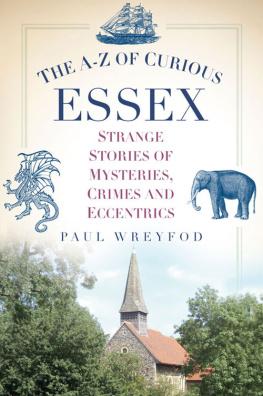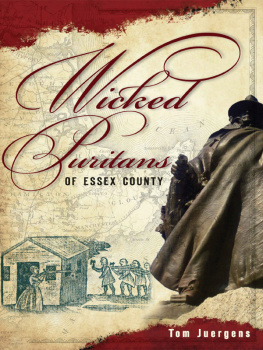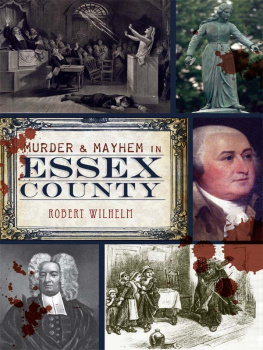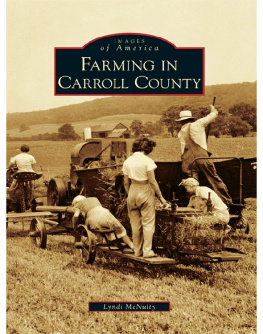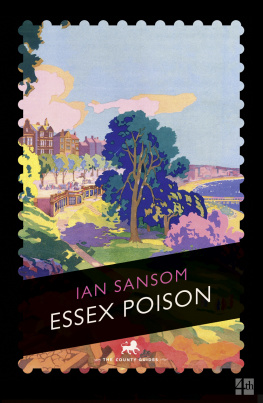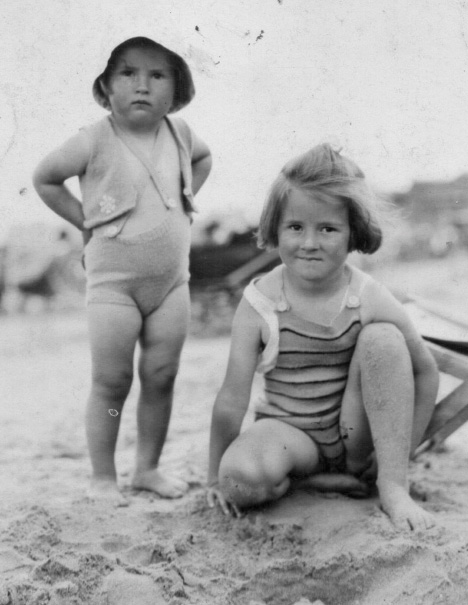
YOUR TOWNS & CITIES IN WORLD WAR TWO
ESSEX
AT WAR 1939-45
YOUR TOWNS & CITIES IN WORLD WAR TWO
ESSEX
AT WAR 1939-45
FRANCES CLAMP
First published in Great Britain in 2017 by
PEN & SWORD MILITARY
an imprint of
Pen and Sword Books Ltd
47 Church Street
Barnsley
South Yorkshire S70 2AS
Copyright Frances Clamp, 2017
ISBN 978 1 47386 041 4
eISBN 978 1 47386 043 8
Mobi ISBN 978 1 47386 042 1
The right of Frances Clamp to be identified as the author of this work has been asserted by her in accordance with the Copyright, Designs and Patents Act 1988.
A CIP record for this book is available from the British Library
All rights reserved. No part of this book may be reproduced or transmitted in any form or by any means, electronic or mechanical including photocopying, recording or by any information storage and retrieval system, without permission from the Publisher in writing.
Pen & Sword Books Ltd incorporates the imprints of
Pen & Sword Archaeology, Atlas, Aviation, Battleground, Discovery, Family History, History, Maritime, Military, Naval, Politics, Railways, Select, Social History, Transport, True Crime, Claymore Press, Frontline Books, Leo Cooper, Praetorian Press, Remember When, Seaforth Publishing and Wharncliffe.
For a complete list of Pen and Sword titles please contact
Pen and Sword Books Limited
47 Church Street, Barnsley, South Yorkshire, S70 2AS, England
E-mail:
Website: www.pen-and-sword.co.uk
PROLOGUE
The Last Days of Peace
The War To End All Wars was over. It was 1918. The Armistice had been duly signed and the precious peace for which so many had fought and died had arrived. It was time to pick up the pieces and look to a happier future. Yet even in those very early days the seeds of discontent and disillusionment had already been sown.
In the spring of 1918 Spanish Flu was first reported. October saw the earliest cases in Essex and by the middle of the month it was rapidly spreading. Southend alone reported several hundred cases and Witham claimed that 200 children were ill at home. However, by December the worst of the crisis seemed to be over. Reports from early in 1919 showed that the number of new patients had dropped considerably.
As the 1920s dawned the future was viewed with renewed optimism, especially in the countys seaside towns. Tourism had been badly hit during the war years and towns like Southend-on-Sea and Clacton began to welcome visitors once more. Hotels that had been used as hospitals during the Great War could once again open their doors to the paying public. The population of Harwich, in the northeast corner of Essex, had declined during the war, many residents having relocated to Dovercourt, yet there was hope. It was believed that, being comparatively close to the Continent, life would soon improve with visitors again able to come from France and beyond. This was not to be. Towards the end of the decade the Depression struck. 1929 saw the great Wall Street Crash and this was to have international implications.
The north of England, the Midlands and Wales were all hit by a decline in heavy industry. This problem did not affect Essex so much, as the county relied mainly on light industry and agriculture, but as exports dropped, farmers suffered serious losses. Agricultural market prices tumbled internationally. Grain production had always been important in the area. In 1930 falling prices led to a deep depression in the markets of Chelmsford, Colchester and Braintree. Farms came up for sale at an alarming rate and those who struggled to carry on were often forced to put previously productive fields down to grass. Unemployed farm workers were not eligible for dole money because they did not pay National Insurance. It was only when the threat of a new war grew ever closer that, with imports of food declining, there was some improvement in the farming industry.
Summer 1939 a final holiday before the war closed many beaches. (F.
Next page



